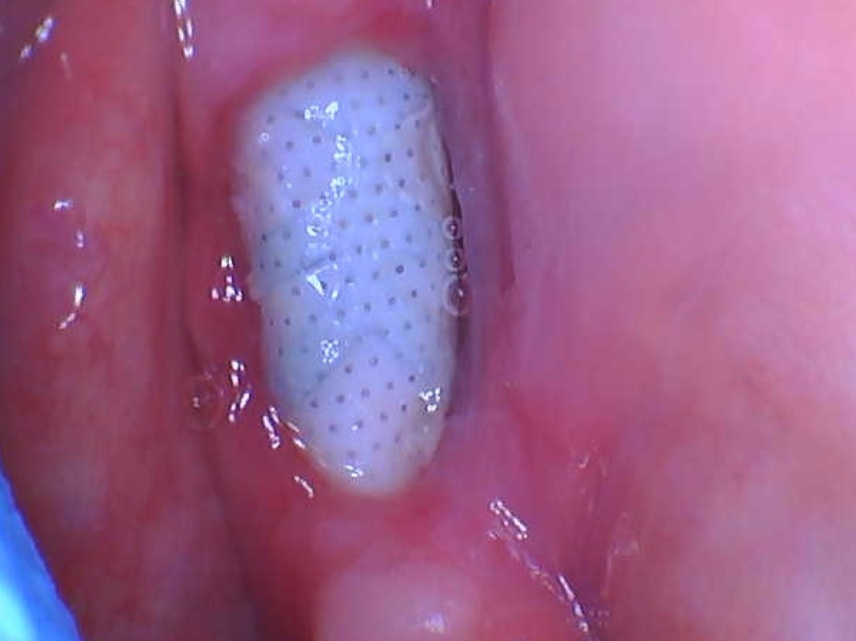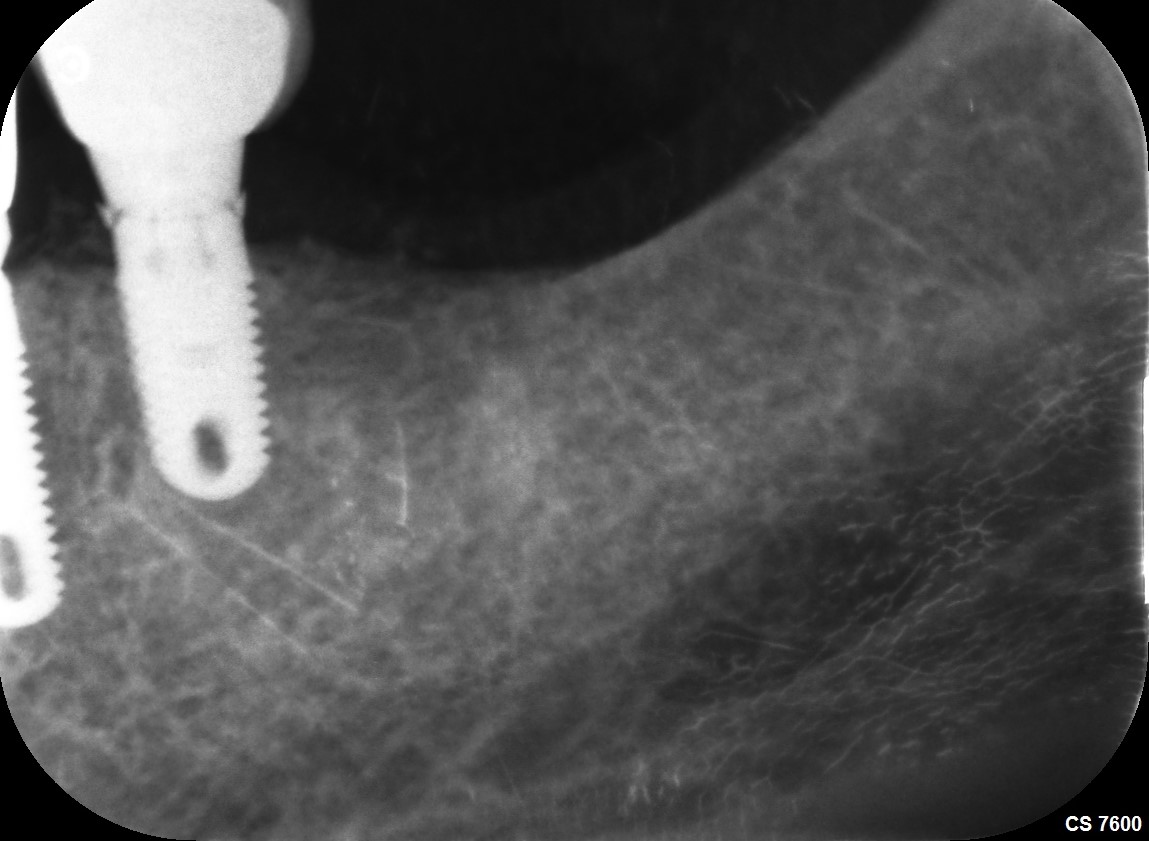Connecting natural teeth to implants: opinions?
I have a case where an old 3 unit bridge from 9-11 replacing 10 will require replacement because 11 is decayed and non restorable. I was considering replacing 11 with an implant and making a 3 unit bridge with a broken stress connector between 10 and 11. The other alternative would be to place 2 implants in #10, 11 sites.
I was a student of Carl Misch and he was definitely against splinting natural teeth to implants but I realize that opinions change with time. The 3 unit bridge would simplify and lower costs over 2 implants. Solid splinted joint or broken stress? So what’s your opinion?
6 Comments on Connecting natural teeth to implants: opinions?
New comments are currently closed for this post.
CRS
4/24/2015
This is pretty simple and logical to present to the patient. When the central incisor fails as the canine did the you will be remaking the bridge. Regardless of splinting to natural teeth, two implants is a better choice vs using the natural tooth again, the time is ripe since the patient has seen that a tooth can fail. The cost will be even bigger when you remake the bridge. This is not even getting into the arguments of natural tooth PDL, stress breakers and cantilevers of a canine implant-lateral Pontic. You have the patient's attention now offer them the best option and help them finance it. In the long run it will be better, be sure and graft the atrophied bone in the lateral incisor area for esthetics.
nailesh gandhi
4/28/2015
I fully agree with you. When we started implant practice in 1987 we used bladevent implants which were used joining natural tooth. Endosseous implants came in use and we continued using them with natural tooth when necessary. Lateron it was recommended not to use with natural tooth. Those which were used show successful restorations for many years. It seems if a real necessity demands one can use natural tooth with all advocated precautions.
mwjohnson dds, ms
4/28/2015
This one's easy. Implant#11 and cantilever the pontic #10. Simple.
John Avgeris
4/29/2015
I think it is better to do a single implant and a cantilever or to place 2 implants by sacificing #9. BUT...the reason that you cannot splint the tooth with an implant is the natural mobility of natural tooth and the elasticity of the mandible or maxilla. So if you could have sth that can mimic the mobility and the elasticity of the teeth and jaws you could splint them. An answer to all these maybe the PEEk material. If you use a bridge from peek you can compensate for the mobility of the tooth and the elasticity of the jaw..This is sth that I am working the past 2 years with excellent results...BUT you need teeth with normal mobility NOT PERIODONTALLY COMPROMISED...Excellent material for oral rehabilitation which is very very very close to nature...For PEEK implants I am not so sure yet....
CRS
4/29/2015
I would not advise due to the word, old bridge, so I am assuming the tooth is compromised. Kinda like placing a new home addition on an old foundation. When the natural tooth fails the bridge will need to be redone, or the implant ends up holding the natural tooth in while it is failing, that resorptive process not good next to an implant. One implant with cantilever or two according to space requirements. Planning for future, even if the natural tooth remains the outcome still allows for the implant restoration to remain. It is a planning issue as an OMS I see this often it is always best to try and plan for the future . Bottom line when that natural tooth goes for whatever reason the restoration will need to be redone and you will be cutting off the cemented crown off the implant. Implants are not teeth respect that premise.
mpedds
4/29/2015
We do not have films or photos but... usually in the cuspid area there is plenty of bone for a good, long, implant. Over-engineer the case, place a long implant and cantilever the lateral. Seems like the most predictable and least expensive of the options.
















